Energy
A wide range of potential outcomes for oil prices in 2023 presents both bear and bull cases for energy markets. The bear case centers on concerns over slowing global growth (and possible recession), coupled with interest rates that continue to march higher. Bullish factors remain on the supply side, including announced production cuts from OPEC+ nations, ongoing discipline from US shale producers, and the expected end to the “inorganic” supply of oil and gas from US strategic reserves.
In thinking through the two scenarios, we view a higher probability for upside asymmetry in oil prices resulting from several factors. First, the removal from the market of OPEC+ supplies will likely result in a deficit for at least the next several quarters. OECD governments have been releasing strategic reserves since May, dampening prices. But these releases are ending. Sanctions on Russian oil and gas exports and potential escalation in the war in Ukraine present additional upside risks that appear under-discounted by the market. Lastly, we expect some normalization in China’s economic growth in 2023 as zero-Covid policies move away from large-scale lockdowns. This should allow the world’s second largest oil consumer to resume its demand growth in an environment of very tight supplies.
For their part, US shale producers remain disciplined, slowing production despite persistent higher oil prices. Importantly, even if public US exploration and production companies (E&Ps) wanted to ramp up extraction from shale reserves, ongoing supply- and value-chain challenges, stemming from a tight labor market to limited availability of high-quality pressure pumping equipment to water scarcity in the western US, are preventing a near-term production-growth acceleration. In addition, a growing focus on environmental, social, and governance (ESG) has pressured many companies, including E&Ps, to prioritize sustaining shareholder returns over accelerating supply growth.
Across Europe, energy worries continue, intensifying in the wake of significant reductions in natural gas flows from Russia, particularly via Nord Stream 1 and 2 pipelines, which have been forced to halt operations. Barring a cold winter, the near-term situation in Europe should be manageable. Given current supply challenges, natural gas inventories may be difficult to restock in any event, however, clouding the picture for the following winter.
In the US, natural gas prices have come under pressure from a near-term production increase and complications at a key liquified natural gas (LNG) export terminal, which have allowed inventories to grow. This situation has alleviated tight supplies and presents a more balanced outlook for fundamentals and prices in the near term. The US natural gas outlook for 2024, however, appears more mixed, unless LNG export capacity growth resumes by then.
Finally, a notable and relatively new dynamic we’re watching is global decarbonization policies. National net-zero pledges and other efforts to shift away from dependence on fossil fuels toward renewable energy sources are disincentivizing new production of many commodities, including oil, by raising the cost of capital and introducing an implicit carbon price. This looks to be impacting supply sooner than demand, therefore adding an additional risk of energy shortage in the medium term.
Overall, the fundamental outlook for the traditional energy complex supports our belief that a compelling return opportunity remains, at least through 2023 and possibly into the latter half of the decade.




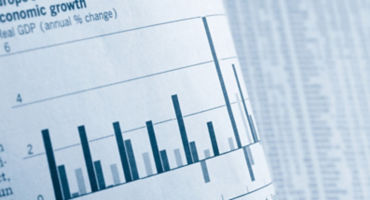
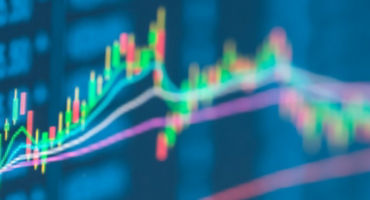
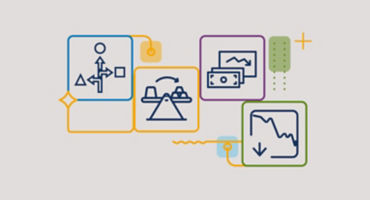
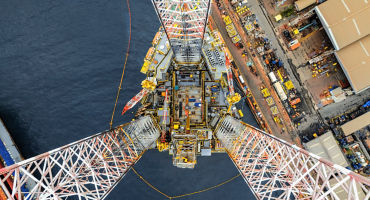

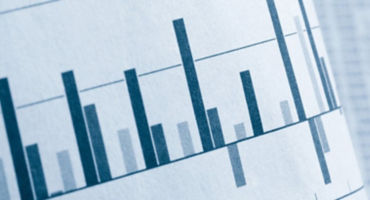
Financial Market Review
A monthly update on equity, fixed income, currency, and commodity markets.
By
Brett Hinds
Jameson Dunn